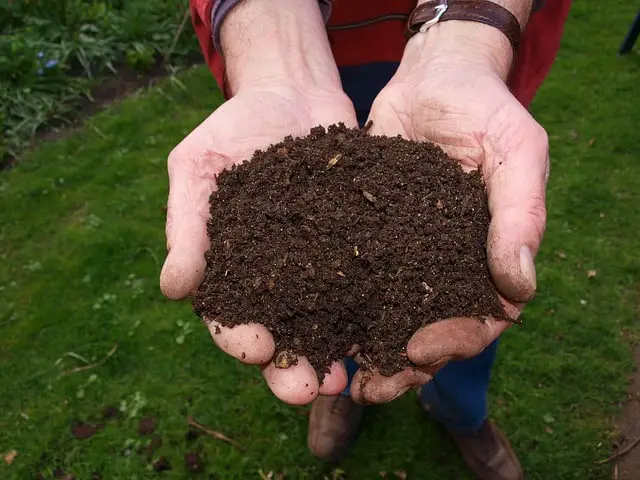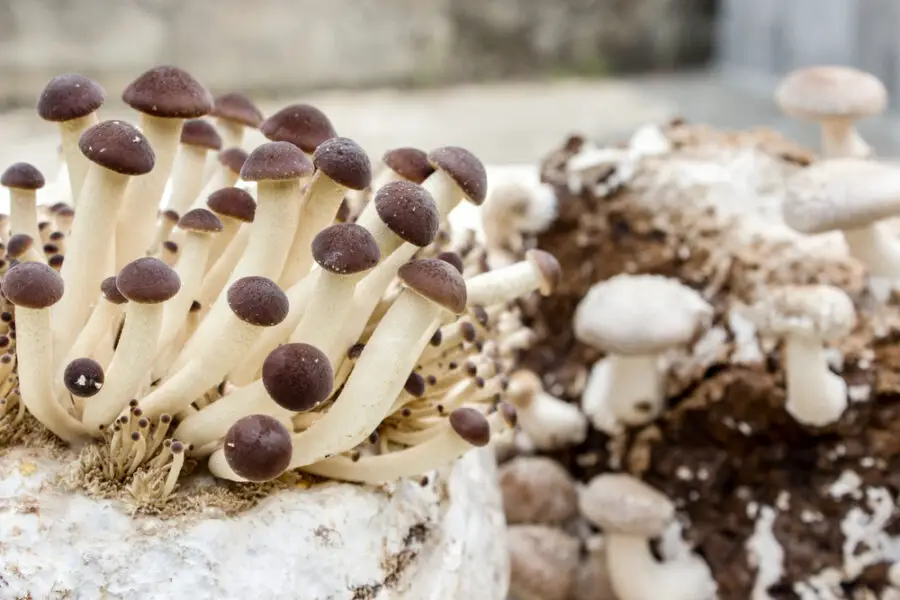Depending on the mushroom species you’re growing, the environmental needs vary across grow rooms. Typically, they are kept very humid, cold (50-65 F) and need proper ventilation and sunlight source. To make a grow room, you need the following things; a hard floor (non-porous), a proper drainage system within the flooring, and walls that are imperceptible to absorbing water and can be cleaned easily.
Read on to find out more about how to build your own grow room with the necessary requirements and conditions to grow mushrooms, as well as how to maintain the grow room for the utmost efficiency.
What is a grow room and why do I need one?
Grow rooms are chambers of any size where plants are grown under controlled and favorable environmental conditions. Grow rooms are especially important for crops and fruits which are sensitive to changes in temperature and humidity thus require more favorable conditions.
Why is a grow room important for mushroom farming?
Grow rooms are responsible for the final stage of mushroom farming (fruiting) and are very important for making sure that your farm yields a successful amount of mushrooms. Otherwise your mushrooms will dry up and not produce anything for you to gain profit from.
What surface area do I need for a grow room?
The required amount of area needed for a decent-sized mushroom grow room is approximately 2000 Sq. Ft. this includes the area to keep the shelves, equipment (darkroom light, fans, humidifiers) as well as to keep the mycelium and the farmed mushrooms.
What grow room conditions do mushrooms need?
- 80% – 95% humidity
- 10°C – 20°C temperature
- 5-6 fresh air exchanges hourly
- At least 12 hours of natural light daily
According to Fungi Academy, these set of conditions are very important for the mushrooms’ growth and nourishment as they determine the level of yield the farmer will get.
What do I need to make a perfect grow room?
- Shelves with good space (2 by 4 shelves)
- PVC pipes or ducts
- Humidifiers/temperature controllers
- Hygrometer
- Waterproof fans
- LED bulbs (alternative: energy saving bulbs)
- Darkroom light
To ensure the aforementioned conditions including the 5 most important factors: natural light, humidity, favorable temperature, space utilization and fresh air, these tools and appliances play a very significant part, as listed by a Martha fruiting Chamber tool list.
My grow room’s environmental balance is off and now it’s too cold. How do I fix this?
A balanced ecosystem is necessary for your mushrooms to breathe and grow instead of being too cold without any ventilation, and for this you need to first keep in mind the cubic footage of your room before investing in a waterproof fan that does cubic feet per minute. This will fix the problem and provide an artificial air change within a span of minutes.
Why does fresh air have to be balanced out by humidity in a grow room?
Whenever you’re increasing the exchange of fresh air into your grow room, make sure you balance it out by increasing the humidity as well because the constant inflow of air increases the humidity in the controlled environment of your grow room. The increase shouldn’t be too high, because that invites unwelcomed wild mushroom spores to enter the vicinity of your mushroom farm and contaminates it.
Why do I need a humidity/temperature controlling system to keep in a grow room?
As mentioned above, whenever we ventilate using fresh air in a grow room, we need to offset it with an increase in humidity, for this we need the room to be humid without the air feeling extra heavy and full of moisture, so the balance must be maintained by using a humidifier.
As suggested by Mossy Creek Mushrooms, an ultrasonic humidifier/temperature controller works the best for situations like these as it prevents moisture.
How important is lighting in a grow room?
Compared to the humidity, temperature and air factors, lighting plays the smallest role albeit an important one; 12-hour light and dark cycles are necessary to shock your mushrooms into growth and accelerate it. However, it is important to note that the light source you’re using should not give off too much heat as many tube lights and bulbs tend to do so because that will hinder mushroom growth.
What is negative pressure?
In order to keep their spawn and their labs clean, some of the mushroom farmers who make grow rooms and labs inside their homes use negative pressure; which allows them to draw the air from their houses, in turn allowing them to use their household units (instead of ACs like other mushroom farmers would use).
This results in them not having to do a lot of control around their grow rooms and instead, make the negative pressure fan do all the work.
How can I best utilize the space of my grow room?
Firstly, the shelves for the mushrooms need to be spacious enough so that no shelf is left without a proper ventilation system and fresh air, for this we’d suggest getting your own shelves made by a carpenter as it won’t be as expensive as getting a ready-made one.
Make sure to leave some space to keep the fans and the appliances, although we’d suggest not keeping too many appliances lying around in the grow room as the humidity will make them dirty and clog them up.
How do I keep my grow room clean?
Buy a pressure washer; depending on the size of your grow room, the pressure washer can be big or small, and with regular use your grow room won’t ever be contaminated or have unnecessary dirt.
Regular cleaning checks (weekly, if not monthly) are highly important to make sure that you don’t have any mold growing on your PVC pipes as well as making sure that your appliances are in good condition and your mushrooms are provided with a healthy environment.
And you’re all set to make a grow room for your mushroom farming business!
Hi, I’m John Stephens, chief editor and writer for Totalgardener.com. I’ve been gardening and raising animals for over 15 years starting with a small backyard plot in Northern Virginia where I grew corn, potatoes, squash, and using a high mulch technique called the Ruth Stout Method. I also raised ducks and small mammals for meat and eggs in a movable pen similar to the ones used by Joel Salatin. I later moved to Colorado where I experimented with growing greens using aquaponics inside. I eventually added a microgreens setup and home sprouting operation. I’m excited to share everything I’ve learned plus more from the other local gardening and animal raising experts I know.



